
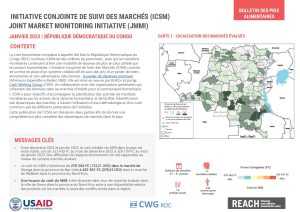
REACH RDC L’Initiative Conjointe de Suivi des Marchés Janvier 2023, Factsheet
PDF11.6M
The Democratic Republic of Congo has been plagued by a complex humanitarian crisis marked by localized violence and ethnic conflict for decades. These dynamics have been amplified by widespread health issues, such as recent Ebola outbreaks. In 2019, the Humanitarian Response Plan for the Democratic Republic of the Congo stated that an estimate of 12.8 million people were in need of humanitarian assistance − approximately 13% of the country’s population.
Due to this volatile situation and the need to launch adapted responses as quickly as possible IMPACT, through its initiative REACH and partner ACTED, is supporting humanitarian actors in strengthen assessment activities and implementation. IMPACT has also provided critical humanitarian information to aid actors and response planners since first deployed to the country.
The displacement crisis in North Kivu, Democratic Republic of Congo (DRC), is rapidly worsening, exacerbating existing vulnerabilities in a region already beset by severe and persistent needs. Our research highlights the urgent need for food assistance, the rising risk of gender-based violence (GBV) among internally displaced persons (IDPs), and the critical need for long-term solutions to support livelihoods and resilience.
Community voices from DRC
Community members in North Kivu are expressing a desperate need for food and stable employment. ‘We need food now, but we also need jobs to sustain our families in the long term,’ says a local resident from Goma.
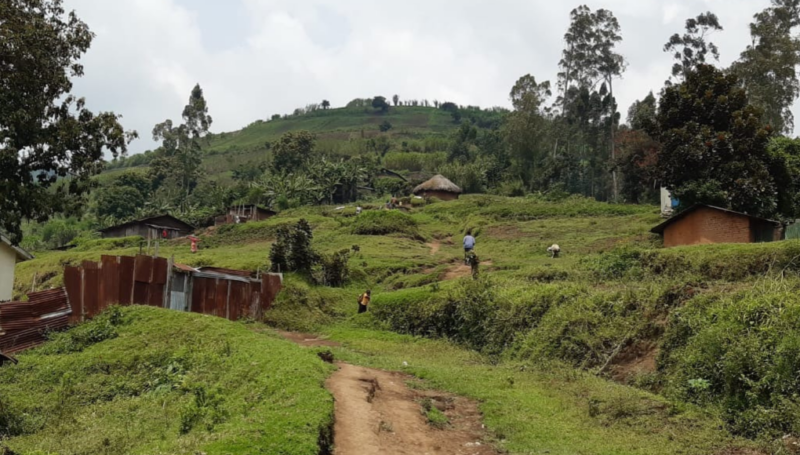
Eastern DRC is a vast region, home to over 100 million people. As of November 2024, nearly 6.9 million people have been displaced, making it one of the largest displacement...
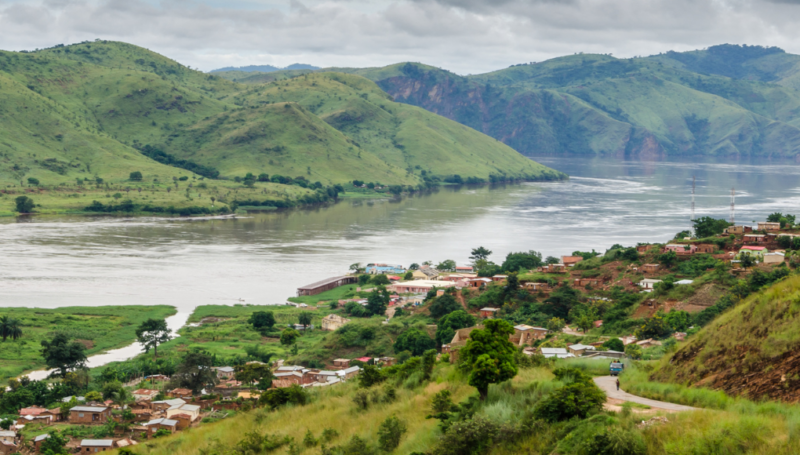
L’instabilité et les conflits à l’Est de la République Démocratique du Congo (RDC) ont entraîné un déplacement massif de la population, notamment dans la région de Goma, capitale du Nord-Kivu....
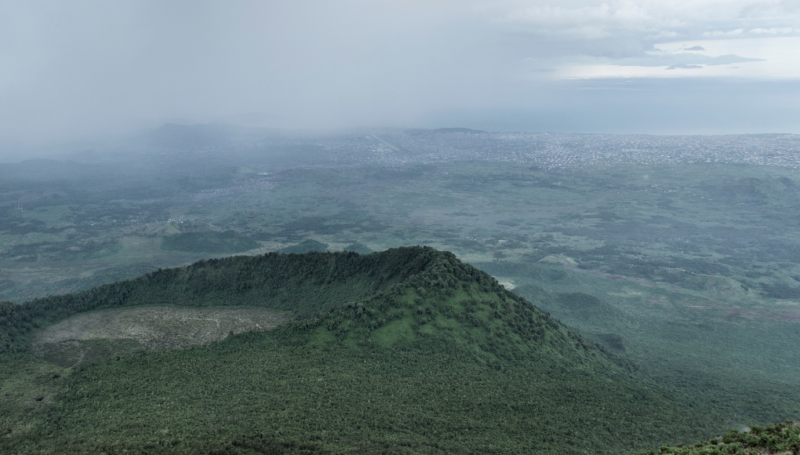
The displacement crisis in North Kivu, Democratic Republic of Congo (DRC), is rapidly worsening, exacerbating existing vulnerabilities in a region already beset by severe and persistent needs. Our research highlights...


REACH RDC L’Initiative Conjointe de Suivi des Marchés Janvier 2023, Factsheet
PDF11.6M

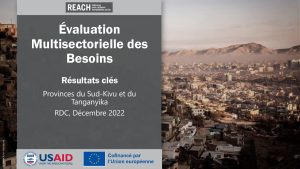
REACH_DRC_Presentation_MSNA_December 2022
PDF2.8M

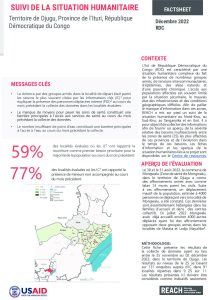
RDC suivi de la situation Humanitaire Djugu Ituri Décembre 2022
PDF3.3M

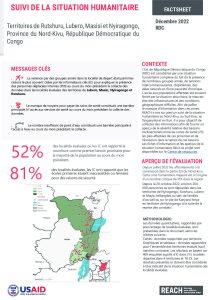
RDC suivi de la situation Humanitaire Nord-Kivu décembre 2022
PDF9.9M


REACH DRC Base de données ICSM Décembre 2022
XLSX422.7K

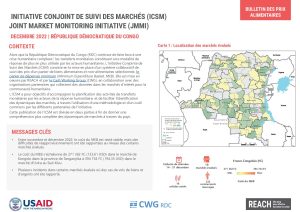
REACH RDC ICSM Factsheet Décembre 2022
PDF9.4M


REACH RDC ICSM Factsheet troisième évaluation rapide décembre 2022
PDF1.2M

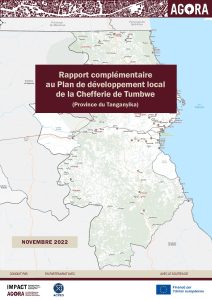
DRC2201 AGORA - Rapport complémentaire PDL Chefferie de Tumbwe - Novembre 2022
PDF12.7M

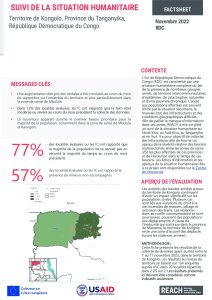
RDC Suivi de la situation Humanitaire Kongolo, Mbulula Tanganyika Novembre 2022
PDF3.3M

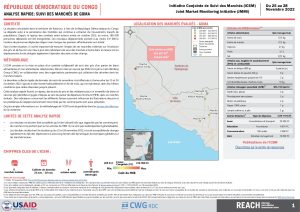
REACH RDC ICSM Analyse Rapide Goma, Factsheet Novembre 2022
PDF845.0K


REACH_RDC_Base-de-donnees_ICSM_Novembre2022
XLSX494.3K

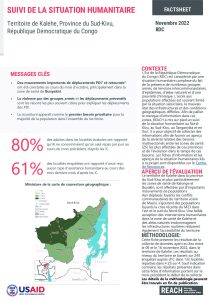
RDC Suivi de la Situation Humanitaire Kalehe Sud-Kivu Novembre 2022
PDF4.6M


REACH RDC ICSM Factsheet Analyse rapide des marchés de Goma Novembre 2022
PDF854.4K

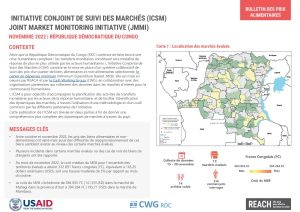
REACH RDC ICSM Factsheet Novembre 2022
PDF8.8M

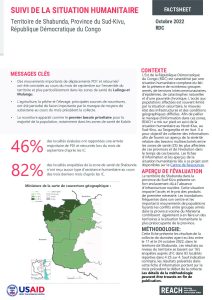
RDC Suivi de la Situation Humanitaire Shabunda Sud-Kivu Octobre 2022
PDF5.0M


Suivi de la situation humanitaire, Crise du Rutshuru, carte des dynamiques de déplacement, octobre 2022
PDF1.3M